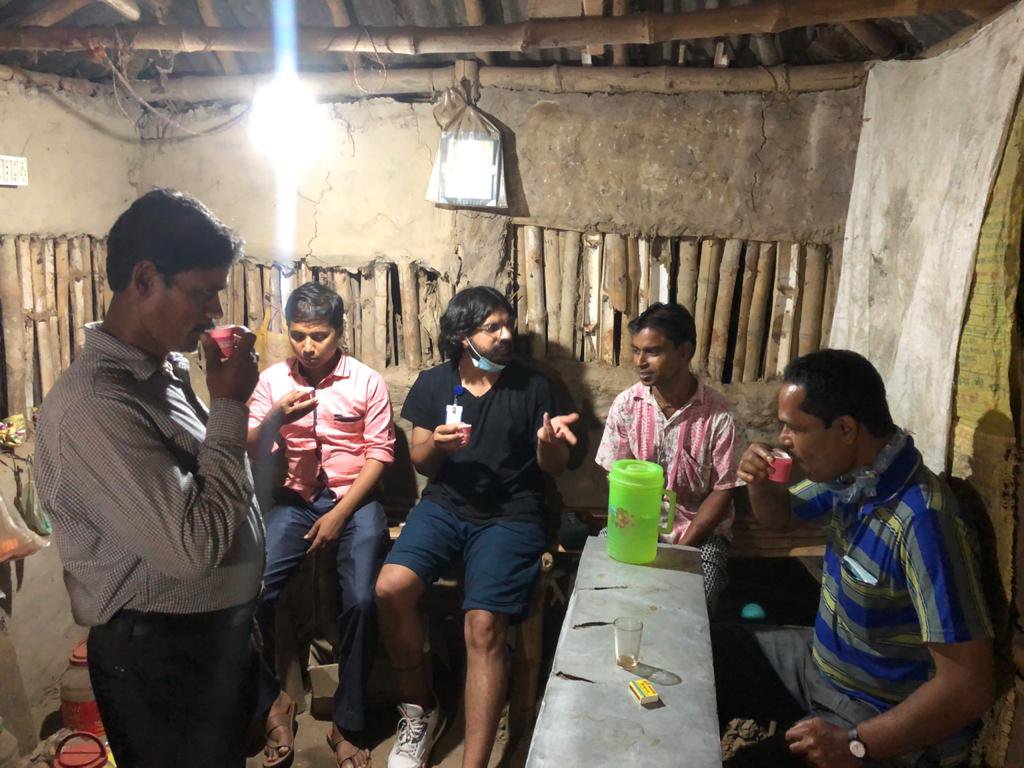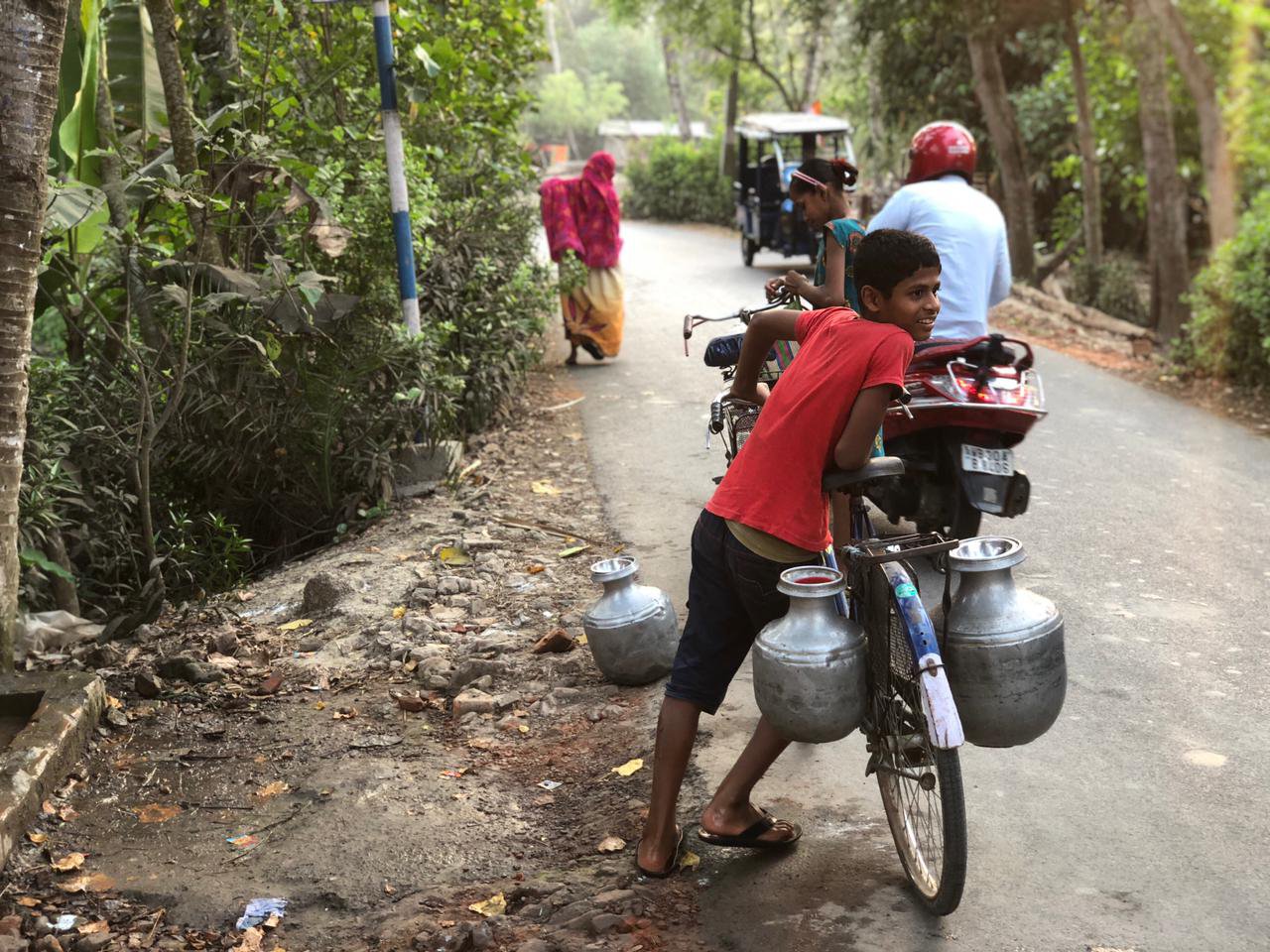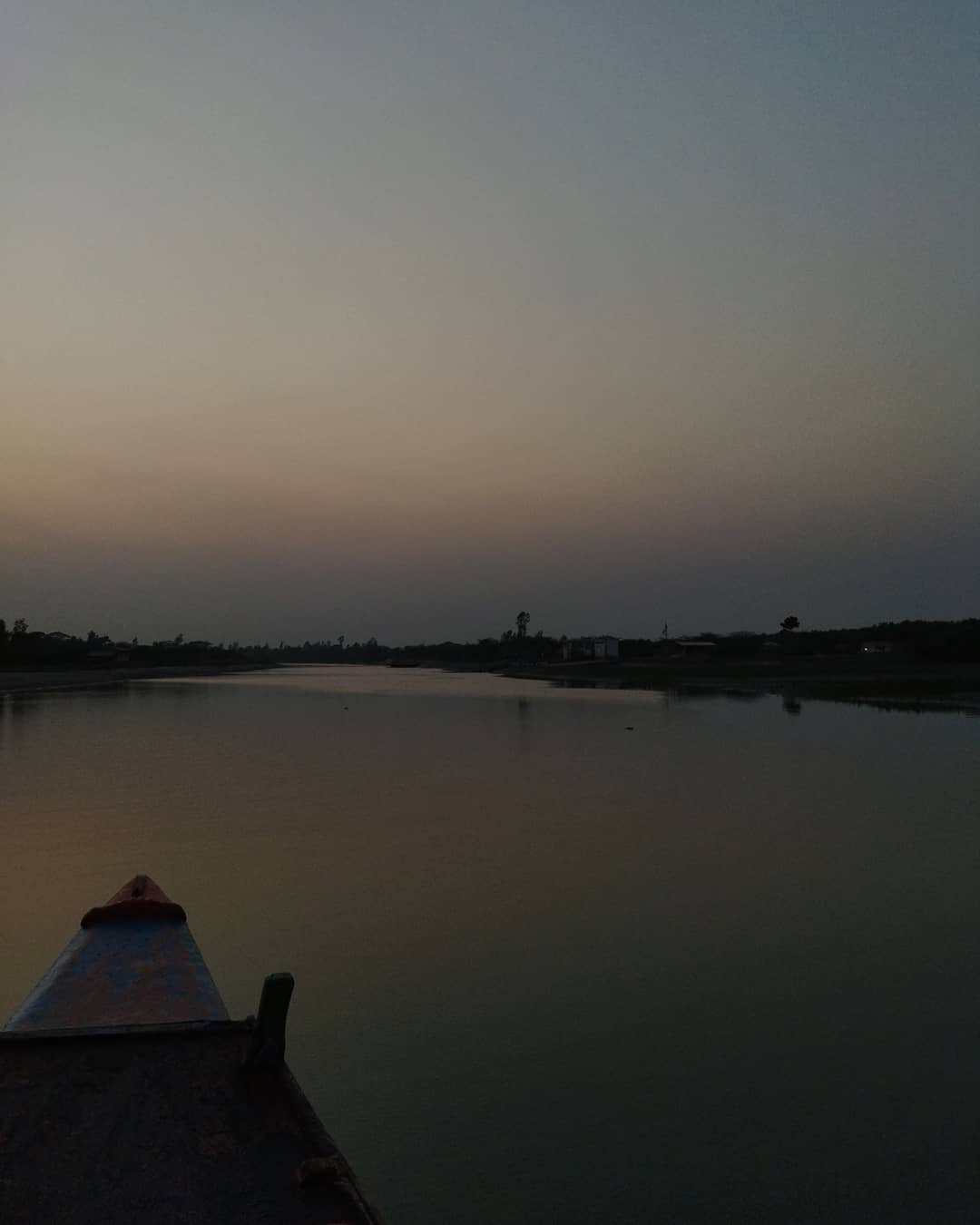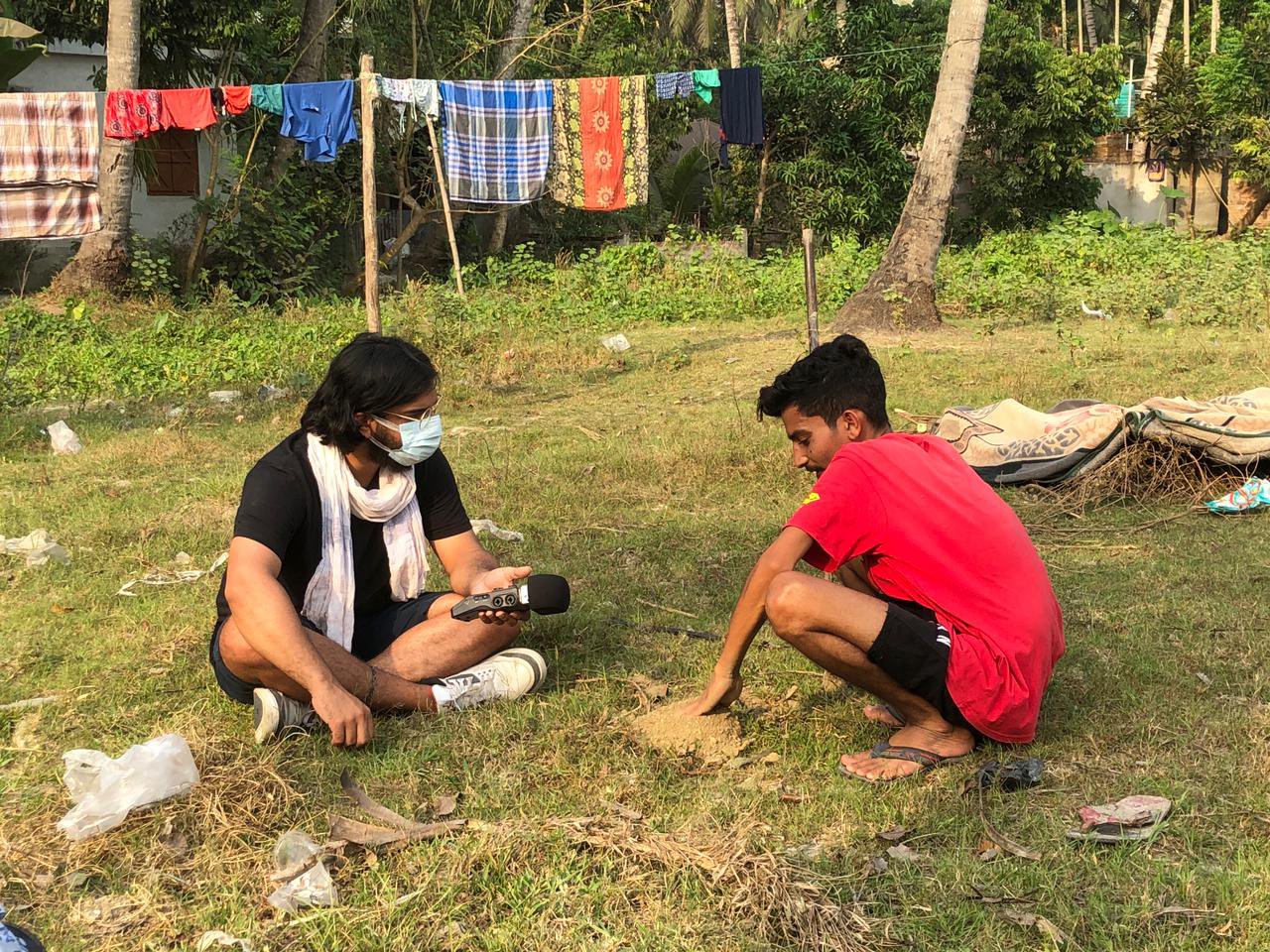The beauty of a democracy is its allowance of choice. It is a form of government that encourages, enables and exercises a citizen’s ability to decide who will govern them. This phenomenon echoes what each of us are taught very early on in life —that democracy is by the people, of the people and for the people. The ultimate authority of democracy is carefully placed at the left index fingernail and cuticle of an Indian citizen by the mark of election ink, symbolizing the democratic values of India; one of which is voting.
2021 will decide the fate of four states and one union territory, namely West Bengal, Assam, Tamil Nadu, Kerala and Puducherry respectively. India is the world’s largest democracy and we had the chance to witness the unfolding of the biggest elections this year. How could we miss it? As curious citizens, “journalists” and fellow Indians, we wanted to be active spectators of this process and hence, decided to head to this year’s political hotbed of 2021 Assembly elections: West Bengal.
A couple of questions that we, as a team kept asking ourselves and kept going back to, were:
1. What does it really mean to cover an entire state election?
2. Elections are a mammoth task. What should we be showing our audience that would do justice and add value to their existing knowledge base?
3. What do we as citizens want to see?

These questions became our guiding force in deciding what we wanted to see ourselves and also show our audience. Hence, with a strong sense of curiosity and an intent to learn, we packed our suitcases and booked our flights to Kolkata.
Upon arriving at the state capital, my sight was filled with the iconic yellow cabs of Kolkata stacked one after the other, at the end of the airport. During the drive from the airport to the hotel, every third billboard had the Chief Minister of Bengal, Mamata Banerjee smiling with a blue background, sometimes with a faded rasgulla or the Sunderban tiger, symbolizing some of the USPs of Bengal. Our driver, the soon-to-be-famous Khan Sahab, kept sprinkling bits of information en route. He told us that the dividers, railings and fences in Kolkata were blue and white in colour because they reflected the colour of Mamata Banerjee’s saree. From autos and billboards to trucks and e-rickshaws, posters of political parties( especially TMC and BJP) were visible everywhere. The atmosphere in the capital certainly felt like it was awaiting a very high stake election.

While strategizing our approach for these elections, one thing became apparent: we wanted to focus on not just the political aspect of the elections but also explore the cultural and social demographics of the state. After all, in order to get a holistic understanding of a state, it was essential to be exposed to different aspects of the same. So, we couldn’t wait to find out what West Bengal had to offer. We had 12 days to seize it all.
In the next couple of days, we’d visited high voltage political rallies of the TMC and BJP, spent a day at a village in Nandigram, hung out in rural West Bengal a few kilometres away from the Bangladesh border, spent a night with the officials from the election commission and spent an evening in Shantiniketan, listening to Baul music and understanding the Baul philosophy. As the shoot progressed, I found myself immersing more and more into West Bengal. It no longer felt like an alien state. It felt like we were discovering a new angle and getting to know Bengal better with each passing day. The identity of a state is not unidimensional, nor is it permanent or eligible to be categorized under right or wrong. Your perception of a state becomes what you make of it. Elections gave us an opportunity to cover a territory and interact with people that we wouldn’t have otherwise gotten a chance to explore. By virtue of entering new and diverse spaces, I saw the wide manifestations of the state on ground, during election season. These manifestations could be seen through those who form the different pieces of an electorate — politicians, musicians, labourers, women, men, children, etc. Each one of these sects is reflective of thousands of individuals, their aspirations, hopes, objections and desires.
Political rallies expressed exuberant josh, affinity to a certain political party and anger against another. Villages beamed of simplicity, innocence and honesty. Shantiniketan flaunted its cultural richness and charm. Kolkata was the centre of all things metropolitan in the state but with a strong staunch of character. There is no one way of summing up the entire experience in one word, para or article. However, there is one instance that would capture how I remember West Bengal.

I vividly recall the last day of our shoot. We were on a boat, in the middle of the Sundarban forests, watching the sunset. We spent the entire day speaking to a few people on the boat who travel for hours each day for work and return home. While we were mesmerized by the sheer beauty of the dense green trees and shrubs of Sunderbans and the still waters, we also got a small glimpse into the everyday life of its people and their version of being a citizen in India. At that moment, I was reminded that the area we currently were in, far removed from the usual touristy spot of Sunderbans, was also India. These people are as Indian as you or me. Yet, their realities couldn’t be more different from ours. But still, here we were, conversing. That was the beauty of it all and for me personally, that moment was fulfilling. When else could I have pictured myself in the never-seen-before parts of Sunderbans, listening to the people who reside there?

In the 12 days of covering the West Bengal elections, we could only experience a drop in the ocean of what the state and its people had to offer. There was so much more to see, explore, and learn. I couldn’t help but wonder how such areas in North Bengal, Kerala, Puducherry, Assam and Tamil Nadu would look like. What would the people there be facing? How do they view their role and place in this country? What are their ambitions? Due to the lack of resources and monetary constraints, we, unfortunately, could not touch upon the other state/UT elections but that did not mean that the stories there didn’t exist or were less important. But at least, this was a start. My experience in West Bengal taught me that there was a new India every 50 kms. That’s the thing about knowledge. Despite it being out there in the world, you cannot grasp it all. You gain it when you encounter it, but it always exists. This experience instilled in me, the urge to want to find out more, dig deeper, wider and most importantly, to listen.

















